Discover the innovative technologies and techniques that will take center stage at the upcoming IDEM Singapore Scientific Conference. Dental Resource Asia talks to the event speakers on the dynamic landscape of orthodontics and restorative dentistry.
By Danny Chan
IDEM (International Dental Exhibition and Meeting) 2024 is set to captivate and inspire dental professionals from around the globe. Besides the opportunity to check out the latest products and innovations from the expansive trade and exhibition show (see our IDEM Product Showcase), event attendees are eagerly anticipating the show’s conference programme, which offers an interesting mix of presentation formats, ranging from the Scientific Conference, a Dental Hygienist & Therapist Forum, an Interactive Workshop, as well as the Asian Speaker Series.
Whether you’re attending the global event or not, you won’t want to miss our insightful discussions with seven influential IDEM Speakers and subject matter experts, delving into their respective presentation topics and why it matters to the global dental community.
Representing some of the leading minds in the clinical and academic spheres of global dentistry, our conversations with these dental experts reveal the latest evolution of orthodontics and restorative dentistry, driven by groundbreaking advancements and innovative techniques. Each speaker brings a unique perspective to the table, shedding light on how their respective fields are being transformed by cutting-edge technologies and methodologies.

IDEM 2024 Speaker: Dr. Dominic Leung
Presentation Topic: The Systoles and Diastoles of Implant Dentistry
DRA: Your topic suggests a dynamic perspective on implant dentistry. Could you broadly explain the concept of “Systoles and Diastoles” in the context of implant dentistry, and how understanding these dynamics can influence clinical practice?”
DL: Systoles and Diastoles in their basic scientific definitions mean the two continuous cyclical heartbeats but they are also used as a metaphor for the ups and downs we live through our survival dynamics.
The 40 years of experience I had with both the surgical and restorative procedures of dental implants agreed with their safe, effective and predictable evolvement in replacing missing dentition in relatively healthy patients. Things go well most of the time under adherence to evidence-based principles and regular monitoring but we are aware that complications do occur during the various treatment phases and management of these, depending on the cause and effect which may or may not be clearly defined. This often takes the operator as well as the patient on a clinical rollercoaster ride. Much time and effort spent in investigations, surgical/periodontal or prosthodontic remedial approaches can be frustrating yet rewarding with good outcomes but sometimes can end in failures involving removal of part or whole of the prosthesis and the supporting implants.
At times there are observed phenomena that cannot be explained nor expected so these become the systoles and diastoles of dental implant within the framework of success, survival, complications and failure descriptions.
DRA: In your opinion, what are the key aspects or phases in implant dentistry that practitioners should pay close attention to for optimal outcomes?
DL: While it is an established and recognised fact that the successes of dental implants are the results of proper surgical, restorative and maintenance care, in our dental implant training programme at the National University of Singapore, the diagnosis and treatment planning aspects cannot be overemphasized.
Besides following the trusted thorough history taking, clinical and 2-D radiographic examination sequences, the wide availability of the Cone Beam Computed Tomography (CBCT) scans combined with 3-D technology applications are valuable tools to be incorporated. They help dentists from planning and then executing the implant placement accurately to the choice of abutment, and design of the final restoration.
With the numerous makes of dental implants on the market, most operators are deciding on rough surface ones for faster and better bone integration. However, long term follow-up observations reveal that smooth surfaces seem to have less catastrophic failures from peri-implantitis, probably a result of less bacterial colonisation.
Planning and decision on the type and material of abutment and restoration used is important too. Though cement-retained restorations can provide easier fit and more aesthetic results, screw-retained restorations allow ready retrievability in case of retightening screw or removal of the superstructure.
DRA: Are there specific advancements or emerging trends in implant dentistry that align with the concept of “Systoles and Diastoles,” and how do these impact treatment protocols?
DL: As mentioned earlier, I have highlighted on the comparison on just one aspect between rough and smooth surface dental implants. Only long-term longitudinal studies will tell if the combined improvements in materials, design and surfaces are indeed superior despite their inherent short comings, which relates to the advantages and disadvantages which are relevant to the “Systoles and Diastoles”.
One-piece implants have been shunned gradually over the years in preference to separate abutment connections. However, the long-term success of these can be more favourable in terms of connection complications such as loosening and breakages which may also lead to bone loss subsequently.
 Click to discover the 28th International Exhibition on Dental Equipment, Technology and Products (Dentech China 2025) held from 23-26 October 2025
Click to discover the 28th International Exhibition on Dental Equipment, Technology and Products (Dentech China 2025) held from 23-26 October 2025
Non-metallic looking Zirconia and Ceramic implants may be more appealing to some patients but there are problems of breakage if there is deviation to the rules of placement. There are also limitations to the choices of abutment connection.
Where indicated, the controversial mini-implants have been shown to have a high success.
And the list of the advancements and emerging trends in implant dentistry will give us more hopes for all round successes but there may be problems not anticipated over time.

DRA: For practitioners seeking to enhance their understanding of the dynamic aspects of implant dentistry, what resources or training do you recommend, and how can they apply this knowledge in their daily practice?
DL: There are many dental implant training courses available and most of these are organised by the individual dental implant manufacturers or their distribution agents. They are often conducted by reputable trainers but there are always the commercial aspects to consider and the developments on new and advanced features are often over-emphasised.
The courses organised by the institutions, dental societies and universities generally give a fairer assessment of the different implant systems through the inclusion of personal expertise and references to available publications on refereed journals. A good grounding with didactic and practical workshops on updated knowledge regarding the diagnosis and treatment planning, the surgical, periodontal, prosthodontic, laboratory and maintenance of dental implant is essential to successful outcomes.
Participation in continuing dental education conducted by relevant courses, seminars, conferences and studying published articles will keep the operator updated and enable one to further relate and integrate theory and practical experiences to appreciate the “Systoles and Diastoles” of implant dentistry.
The dynamic aspects of implant dentistry could only be learnt and appreciated after years of practice and follow up on patients of different ages and various dental / medical conditions.

IDEM 2024 Speaker: Dr. Wong Keng Mun
Presentation Topic: Treatment of Complete Edentulism: Full-Arch Concept I
DRA: Could you provide an overview of the Full-Arch Concept I and how it addresses the challenges in the treatment of complete edentulism? What advancements or innovations will you be discussing related to this concept at IDEM Singapore 2024?
WKM: Even though the Full-arch treatment concept is still a relatively new solution to full mouth restoration, it is among the most revolutionary approaches in modern implantology, and for very good reasons. Simply put, Full-arch involves using just 4-6 implants per arch to “anchor” the new set of teeth, far fewer compared to older methods and therefore less invasive.
More specific to my presentation at IDEM Singapore 2024 is the concept of guided surgery. Despite the fewer number of implants inserted in Full-arch, full mouth restoration remains a clinically demanding treatment. In guided surgery, advanced technologies are used to visualise the surgical site and create a guide. That way, procedures are not only more predictable, but implant placement is also less painful and more accurate. I believe that as various technologies pave the way for more innovative dentistry, we as an industry continually strive to improve the patient experience, providing them with a more seamless and comfortable treatment. This is where guided surgery becomes a concept that is crucial to learn about.
Another topic I will be discussing is Smile in a Box®️, a digital treatment planning and manufacturing service developed by Straumann. It goes hand-in-hand with guided surgery and allows dental practices to outsource aspects of the implantology process while deciding what they are passionate about focusing on in-house. Full-arch is undoubtedly a complex procedure requiring extensive hardware and software and Smile in a Box®️ can help alleviate dental practices of this additional stress flexible and efficient way.
DRA: What impact do you anticipate the Full-Arch Concept I will have on the field of prosthodontics, particularly in the treatment of complete edentulism?
WKM: In the past, what came to mind when many considered complete edentulism was the need to resort to dentures or invest in a full-mouth dental implant procedure, which can require up to 8 implants per arch. While the latter is as much daunting as it is expensive, the former also fails at providing a near-perfect solution. Due to excessive abrasion, loose or ill-fitting dentures can result in mouth sores and pain when rubbed against the delicate tissues of the gums. It is also not ideal for the patient’s quality of life, as they face the issue of bland-tasting food and the inconvenience of removing them to clean daily.
With Full-arch, we can now offer patients a more comfortable treatment and a more satisfactory outcome. I think that as an industry, we have moved away from treating diseases to treating patients and, thus, it is always important to value any form of innovation based on whether it ultimately improves the experience for the patient. That is why I think the Full-arch concept fundamentally upgrades how we treat complete edentulism. It is particularly appealing to patients because the less invasive procedure allows for shorter recovery time and less pain. It is additionally an expedited process that generally does not necessitate bone grafting, as the common problem of bone deficiency is overcome by the tilting of back implants. As such patients can have a set of fully functioning and natural-looking temporary teeth on the day of their surgery. Hence, the frequently used term – “teeth-in-a-day”.
DRA: For practitioners looking to incorporate the Full-Arch Concept I into their practice, what key considerations or training do you recommend to ensure successful implementation?
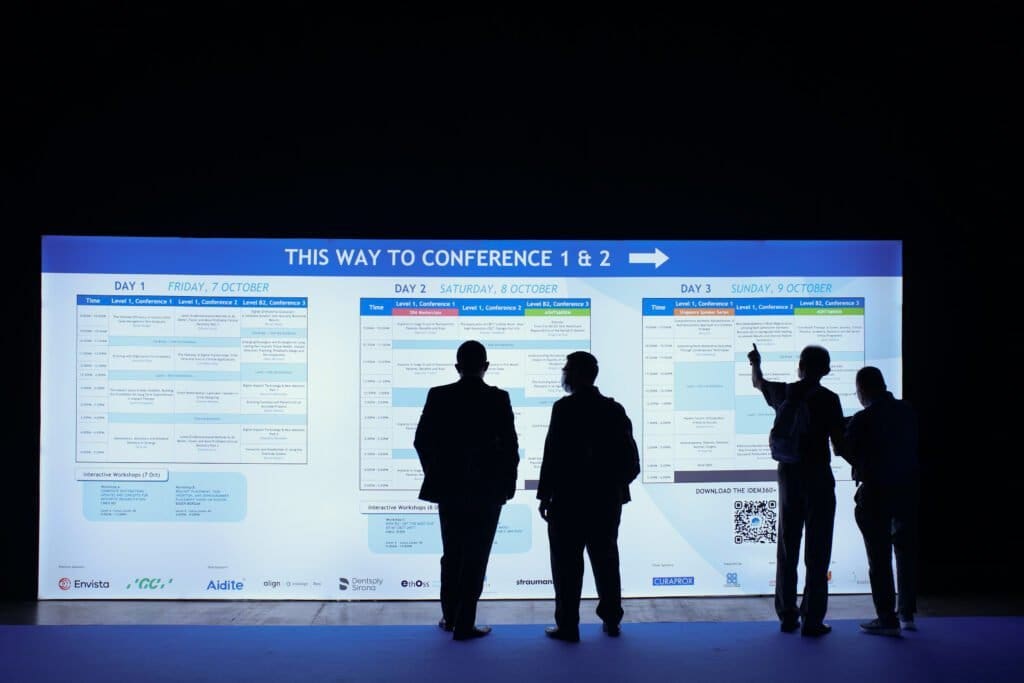
WKM: One word – exposure. As much as a field as scientific as dentistry may appear to be objective, it often is not. Treating patients and incorporating a procedure as complex as Full-arch has its nuances and solutions are often subjective. What is strange but true is that when proposing a treatment plan, we are not providing an answer, but rather an evaluation – a personal judgment of what we think is right. Therefore, I think the best recommendation I can offer is to accumulate knowledge and perspectives from a wealth of diversified experts to comprehensively understand Full-arch. It is critical to note that the presentation I will be conducting at IDEM Singapore 2024 serves purely as an introductory one and is far from exhaustive. It is integral for successful practitioners to expose themselves to Full-arch as extensively as possible.
I say this often, theory can only take you so far. In my opinion, the best way to gain practical experience is through hands-on courses that are guided by tutors. Generally, hands-on courses allow for a small group size and a setting that is intimate yet diverse enough to collaborate or even build a network while learning to apply your knowledge. Hands-on experience is irreplaceable when it comes to preparing you for the real thing.
Dental study clubs are potential avenues to advance your clinical skillset, connect yourself with renowned experts and network with like-minded peers. As I have said, Full-arch is indeed highly complex, but I hope that this will not deter those who are looking to incorporate it into their practice. Instead, I aim to convey the vast supply of resources available and I encourage all to seize those opportunities.
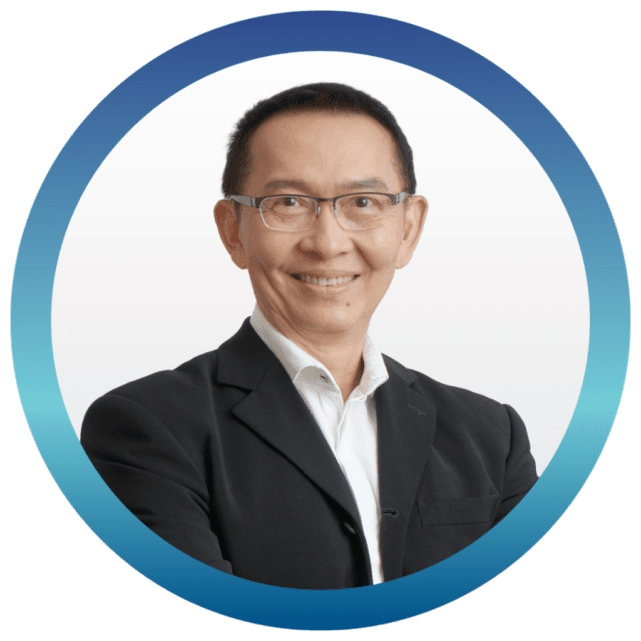
IDEM 2024 Speaker: Dr. Narandr Chevangkul
Presentation Topic: Revolutionizing Orthodontics Through Independent Movers
DRA: Could you share insights into how independent movers are revolutionizing orthodontics? What advancements or techniques will you be discussing that contribute to this revolution at IDEM Singapore 2024?
NC: Brava by Brius is indeed transforming the landscape of orthodontics with its innovative approach. At IDEM Singapore 2024, we will delve into several key advancements and techniques that contribute to this revolution. These include:
- Customization: Brava offers a highly personalized approach to orthodontic treatment, allowing for tailored solutions to each patient’s unique needs. We’ll discuss how this level of customization enhances treatment outcomes and patient satisfaction.
- Efficiency: The use of independent movers streamlines the orthodontic process, reducing treatment time and minimizing discomfort for patients. We’ll explore how these efficiencies are achieved and their impact on practice workflow.
- Digital Integration: Brava integrates seamlessly with digital orthodontic workflows, leveraging technology to enhance treatment planning, monitoring, and communication. We’ll highlight the role of digital integration in optimizing patient care and practice efficiency.
- Patient Experience: With Brava, patients experience greater comfort and convenience throughout their orthodontic journey. We’ll examine the importance of prioritizing the patient experience and how it drives practice success.
- Clinical Outcomes: Through clinical studies and real-world results, we’ll showcase the effectiveness of Brava in achieving superior orthodontic outcomes, including improved aesthetics, function, and long-term stability.
DRA: In what ways do independent movers differ from traditional orthodontic approaches, and what advantages do they offer in terms of patient outcomes and treatment efficiency?
NC: Independent movers like Brava by Brius differ from traditional orthodontic approaches in several ways:
<< Back to Contents Menu
EDITOR’S PAGE | ADVISORY BOARD | NEWS | PRODUCTS | COVER FEATURE | CLINICAL | PROFILE | EXHIBITIONS & CONFERENCES | DENTAL BUSINESS
- Technology: Independent movers often utilize advanced technology such as robotics and artificial intelligence to move teeth gradually. Brava, for example, employs an AI-driven robotic device.
- Customization: These systems can tailor treatment plans to each patient’s specific needs, considering factors like tooth shape, alignment, and the desired outcome.
- Comfort: Independent movers may offer increased comfort compared to traditional braces or aligners, as they can apply gentler and more precise forces to move teeth.
- Efficiency: With their advanced technology and customization, independent movers may offer faster treatment times compared to traditional orthodontic approaches.
- Convenience: Some independent movers, like Brava, may require fewer in-office visits, allowing patients to monitor their progress remotely and potentially reducing overall treatment time.
- These advantages can lead to improved patient outcomes, including shorter treatment durations, increased comfort during treatment, and potentially more precise tooth movement for better final results.
DRA: For orthodontic practitioners looking to incorporate independent movers into their practice, what learning curve or considerations should they be aware of for successful implementation?
NC: For orthodontic practitioners considering integrating independent movers like Brava by Brius into their practice, it’s essential to first familiarize themselves with the device’s operation and its compatibility with their existing treatment methods. Additionally, understanding patient selection criteria, monitoring protocols, and potential adjustments needed for treatment plans are crucial for successful implementation. Collaborating with manufacturers for training opportunities and staying updated on advancements in independent movers can also optimize their utilization in orthodontic practice.
Overall, the advancements and techniques discussed at IDEM Singapore 2024 will underscore the transformative impact of independent movers like Brava by Brius on the field of orthodontics, empowering practitioners to deliver exceptional care and outcomes to their patients.
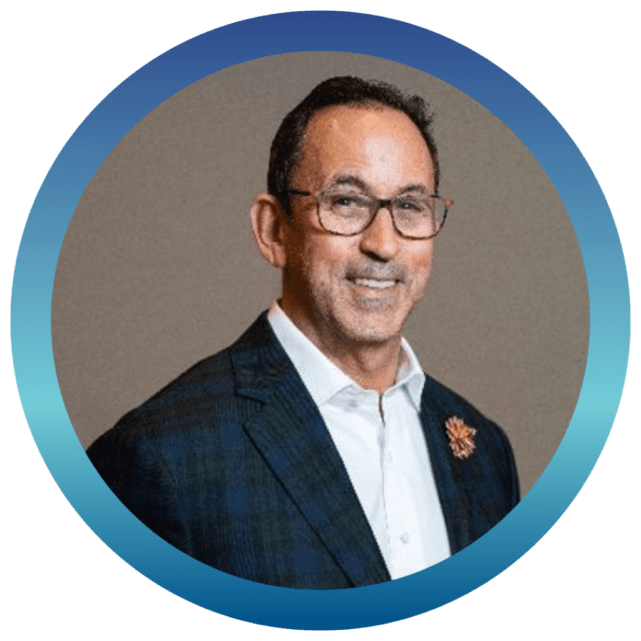
IDEM 2024 Speaker: Dr. Steven Glassman
Presentation Topic: Digital Dentistry: Achieving Excellence in Indirect Restorative Techniques with Precision and Efficiency
DRA: How has the Integration of Digital Dentistry improved the efficiency of indirect restorative techniques, and with what specific technologies or methodologies will you be highlighting in your presentation?
SG: The first step in improving the efficiency of digital dentistry is patient treatment acceptance. Using digital scans to show patients their current situation is much more effective than showing them a radiograph or a mirror.
If the diagnosis is in the aesthetic zone, we can easily use software today to show what can be achieved. As far as precision is concerned, I really believe that using digital dentistry tools makes you a better dentist.

With indirect restorative dentistry, we can evaluate our preparations, our retractions and, if it isn’t up to our standards, we can easily refine our preparations, improve our retraction and rescan the area in seconds. I will be showcasing this capture for patient acceptance. I will also be using the scan as a starting point for orthodontic treatment, surgical planning, restorations of single implants and full arch cases. Combining digital scanning, CBCT scans and photos for facially driven treatment planning will be highlighted in the presentation.
DRA: In what ways can practitioners leverage digital tools to enhance their skills?
SG: Number 1 is diagnosis. It amazes me that dentists and hygienists are trained in school on models that have perfect class 1 occlusions with perfect overjet and overbite and “U” shaped arches. When in reality, most patients do not present that way in clinics. These malocclusions often lead to periodontal disease, tooth wear, tooth chipping and reduces the longevity of their restorations.
Number 2 is making use of the one scan to design templates for ideal restorative dentistry. Whether there are mockups to use for provisionals or to aid in direct bonding or designing surgical guides for optimum implant placement. These techniques involve exporting the STL files from the scans to a third-party software.
Number 3 is using digitals for case acceptance. Using Outcome Simulator Pro and Smile Creator from Exocad are just two digital softwares to allow patients to see what an ideal smile could like before they commit to treatment.
DRA: Are there common misconceptions or challenges associated with the adoption of digital dentistry in the context of indirect restorative techniques, and how can these be overcome?
SG: Perhaps the biggest misconception is what digital dentistry is not. It’s not limited to milling restorations or as a replacement for your Polyvinyl impression material. It is, however, a platform for capturing, planning and executing ideal dentistry in an efficient manner that surpasses patients expectations.
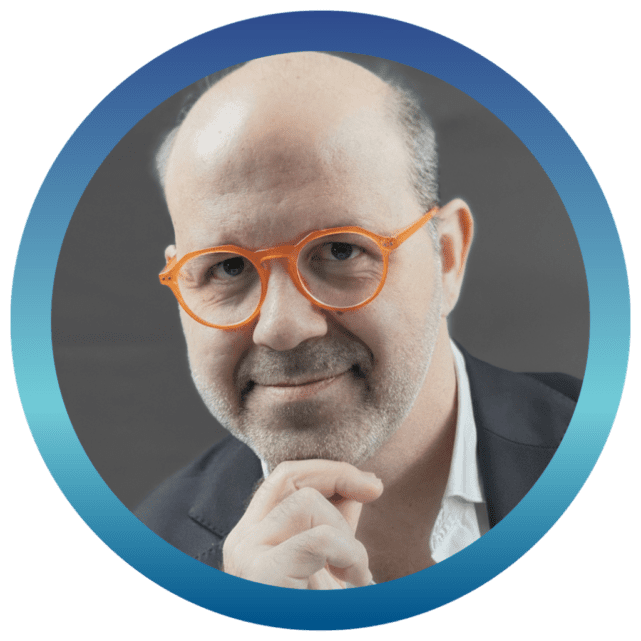
IDEM 2024 Speaker: Dr. Paulo Monteiro
Presentation Topic: WORKSHOP – Veneer Voyage: Uncover the Ceramic Secrets!
DRA: In your workshop on veneers, what specific ceramic secrets will you be uncovering, and how can these insights benefit practitioners looking to enhance their skills in cosmetic dentistry?
PM: In the workshop, we will explore reliable techniques in ceramic veneer placement, focusing on nuanced aspects often overlooked in traditional training. Specifically, we will delve into the clinical step by step. By understanding these secrets, practitioners can elevate their clinical results, achieving superior aesthetic outcomes that surpass patient expectations.
DRA: How has the landscape of veneer procedures evolved, and what role do you see ceramic materials playing in the future of cosmetic dentistry?
PM: Over the years, veneer procedures have undergone significant refinement, driven by advancements in materials and techniques. Ceramic materials, in particular, have emerged as the gold standard due to their exceptional durability, aesthetics, and biocompatibility. As technology continues to evolve, ceramic materials will play an increasingly pivotal role in the future of cosmetic dentistry, offering practitioners unparalleled versatility and aesthetic control.
DRA: During your workshop, will you be providing hands-on experiences or practical tips for attendees to implement the uncovered ceramic secrets in their practice? If so, could you provide a glimpse of what participants can expect?
PM: Absolutely. The workshop will feature hands-on experiences where attendees will have the opportunity to apply the uncovered ceramic secrets in a simulated clinical setting. From the correct planning to the preparation and cementation techniques, participants can expect practical demonstrations and personalized guidance tailored to enhance their proficiency in ceramic veneer placement.
DRA: What challenges do practitioners commonly face in the realm of cosmetic dentistry and veneer placement, and how can the ceramic secrets you share address or overcome these challenges?
PM: Practitioners often encounter challenges such as shade matching discrepancies, bonding failures, and limited aesthetic control when performing veneer procedures. The ceramic secrets shared in the workshop offer innovative solutions to these challenges, empowering practitioners to achieve seamless integration, long-lasting results, and unparalleled aesthetic outcomes. By honing their skills in ceramic materials and techniques, practitioners can overcome common pitfalls, elevating the standard of care in cosmetic dentistry.
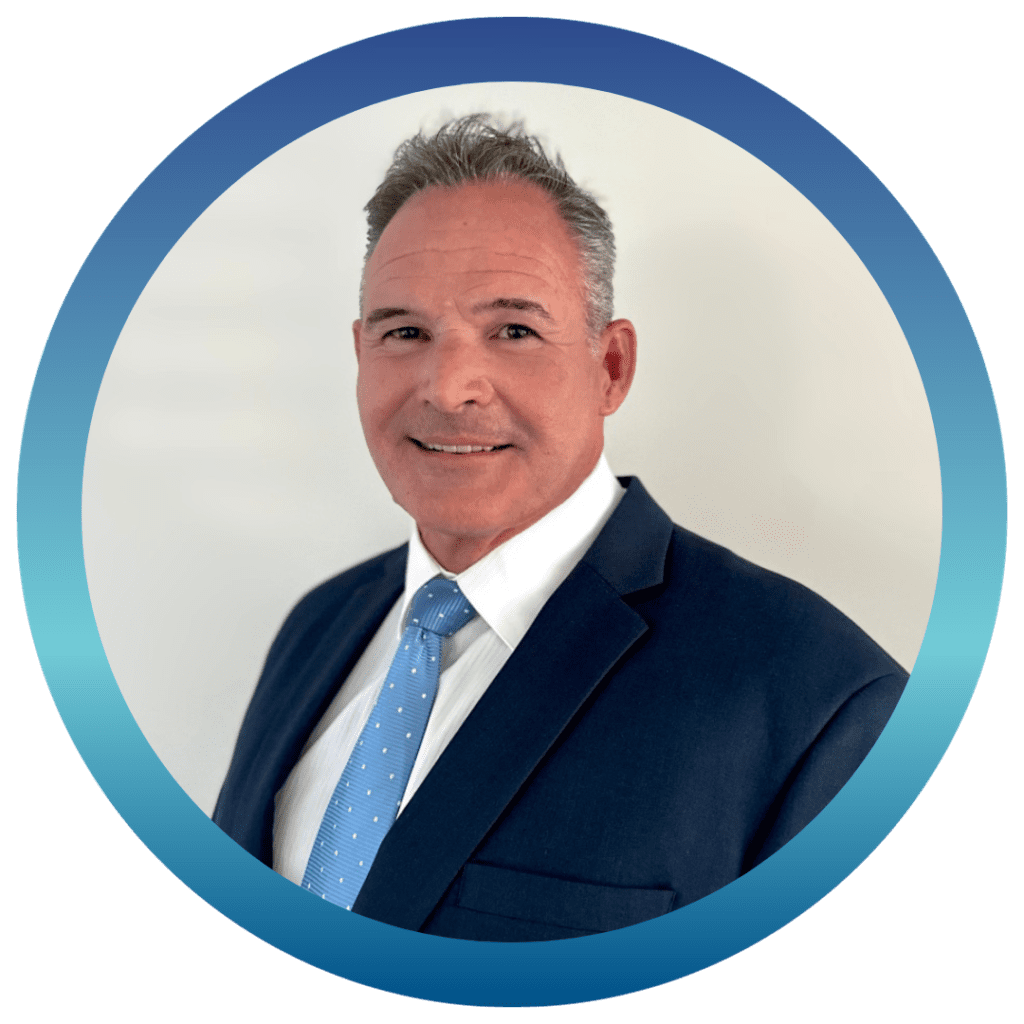
IDEM 2024 Speaker: Dr. Axel Spahr
Presentation Topic: WORKSHOP – Predictable & Successful Implant Placement – Do it Guided!
DRA: What are the key principles behind guided implant placement, and how does it contribute to the predictability and success of the procedure?
AS: I think the term guided implant placement describes only one part of the whole procedure. The part that involves the placement of the implant. However, the treatment doesn’t stop there and implant placement is followed by implant restoration, for which planning, guided placement and eventually, the use of the whole digital workflow, also play a significant role. Therefore, the term “Guided Implant Treatment or Dentistry” is probably the better because more comprehensive term.
The key principles behind modern guided implant placement are:
- Precise and accurate data collection by using top notch intraoral scanners and Cone Beam CTS;
- Planning of the ideal implant position by using an advanced implant planning software and considering the current scientific guidelines regarding peri-implant soft and hard tissues as well as implant restoration;
- State-of-the-art implant placement has to be prosthetically driven and biologically conducted!;
- Transfer of the determined ideal implant position to a precision surgical guide;
- Guided and controlled implant placement in the exact pre-determined position.
DRA: For practitioners new to guided implant placement, what advice or insights can you offer to ensure a smooth and successful transition to this approach?
AS: I actually think the transition from a free-hand to a guided approach will be smooth once a practitioner:
- Understands the key principles of guided implant placement mentioned above;
- Has experienced the difference between free-hand and guided implant placement regarding safety, accuracy, predictability, reduced surgical time and stress level for both dentist and patient, restorability as well as surgical and restorative outcome;
- Has a good and experienced partner for implant planning, guide design and production;
- Has an implant system and guided surgical kits specifically designed for guided implant treatment.
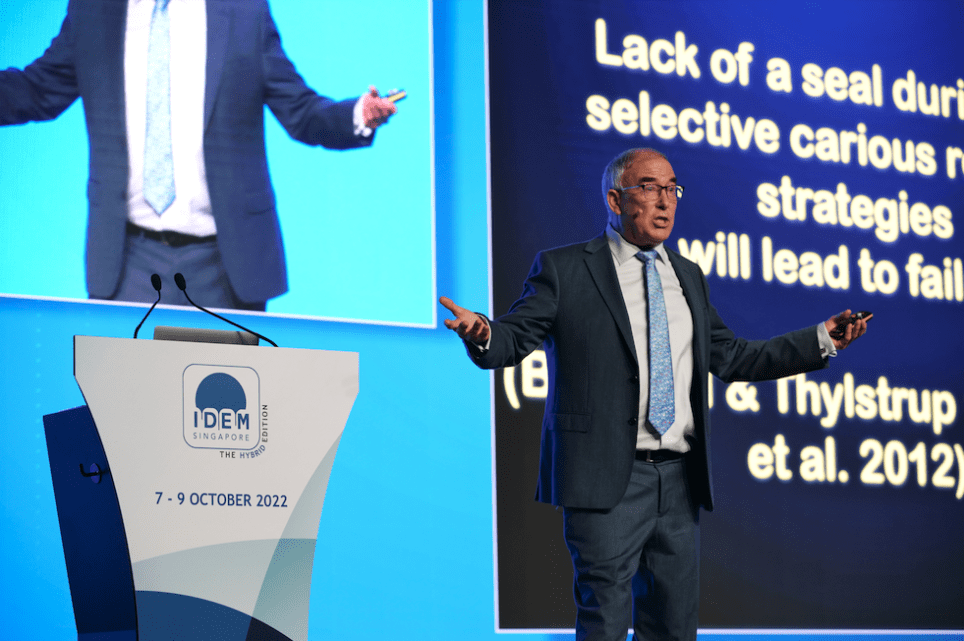
DRA: During your workshop, will you be covering specific guidelines or protocols that are crucial for ensuring the predictability of implant placement, and if so, can you provide a preview of these?
AS: During the workshop, we will be covering all the key principles of guided implant placement mentioned above and will conduct hands-on exercises with detailed information in both free-hand and guided implant placement/surgery.
This way, the participants get the chance to experience both forms of implant placement first-hand. Furthermore, the participants will receive state-of-the-art information regarding other important aspects of implant placement, such as biological and surgical principles, patient selection and prevention of implant complications/failure.
DRA: In your experience, how has guided implant placement evolved over the years, and what potential advancements do you see on the horizon for this technique?”
AS: I think guided implant placement has made implant placement more precise, more predictable and safer. It can help to reduce complication rates and facilitates implant restoration.
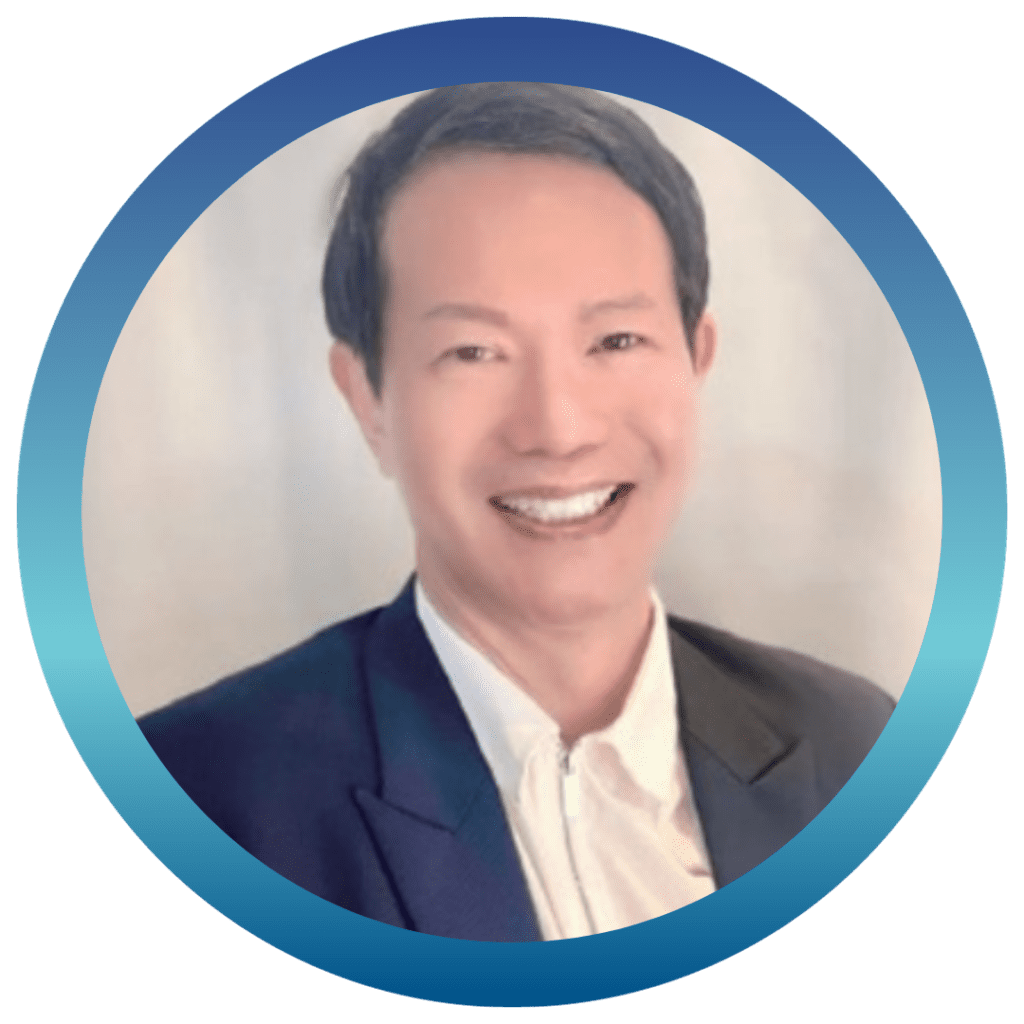
IDEM 2024 Speaker: Dr. Kenneth Lew
Presentation Topic: Increasing Clinical Predictability of Challenging Clear Aligner Cases with Accelerated Orthodontics
DRA: Can you elaborate on how accelerated orthodontics enhances the clinical predictability of challenging clear aligner cases, and what advancements or techniques you will be discussing at IDEM Singapore 2024?
KL: The issue is how do you define clinical predictability. There are too many factors that will influence predictability of treatment, the first and foremost being patient co-operation. As we know, people are increasingly time-poor and they lose interest fast, therefore the best way to get compliance is to show an effect. If the patient wants to finish fast then definitely using accelerated orthodontics will influence the patient to co-operate as the procedure will be completed in less than ½ normal treatment time. So there is less burnout as shorter treatment time, along with the added bonus of no pain or sensitivity, which is another motivating factor to use the technology for increased compliance. These benefits will hopefully translate into a better clinical outcome/predictability.
In terms of advancements and techniques we will be introducing at IDEM, there will be multiple products. First and foremost is our new Ortho device called MAX – which has light arrays on the buccal and lingual that will provide 360 degree energy to totally envelope the bone, teeth and gums in light energy.
We will introduce a new Vibration device which is designed to seat aligners better than chewies, using super high frequency vibration and a proprietary design of the mouthpiece surface to enhance the adaptation of the aligners to the teeth and attachments. The more precise the fit of the aligner the more the aligner can do its job.
Another neglected area of Orthodontics is TMJ pain, and we will be introducing our TMJ device which is an offshoot of our very successful Wellness device called the Pain Rehab Belt which helps alleviates pain and inflammation in all areas of the body. TMJ pain is often associated with pain and inflammation which we will be treating with the TMJ device.
DRA: What do you believe is the future of accelerated orthodontics, and how can it further transform the field of orthodontics as a whole?
KL: The future is bright for accelerated orthodontics as it addresses the patient’s concerns in terms of time and pain. Since the technology exists, then offering it to a population that will know more about their options, such as acceleration and pain free treatment means that those not using the technology will be left behind.
It should become a standard of care for all orthodontic treatment. The concern about root resorption is also not an issue so there is really no reason for not choosing to accelerate any case. I would challenge any dentist who does orthodontics to ask their patient if they could finish treatment in ½ the time with no pain, what they would choose to do, normal vs accelerated. That is the answer to the question.
The information and viewpoints presented in the above news piece or article do not necessarily reflect the official stance or policy of Dental Resource Asia or the DRA Journal. While we strive to ensure the accuracy of our content, Dental Resource Asia (DRA) or DRA Journal cannot guarantee the constant correctness, comprehensiveness, or timeliness of all the information contained within this website or journal.
Please be aware that all product details, product specifications, and data on this website or journal may be modified without prior notice in order to enhance reliability, functionality, design, or for other reasons.
The content contributed by our bloggers or authors represents their personal opinions and is not intended to defame or discredit any religion, ethnic group, club, organisation, company, individual, or any entity or individual.


